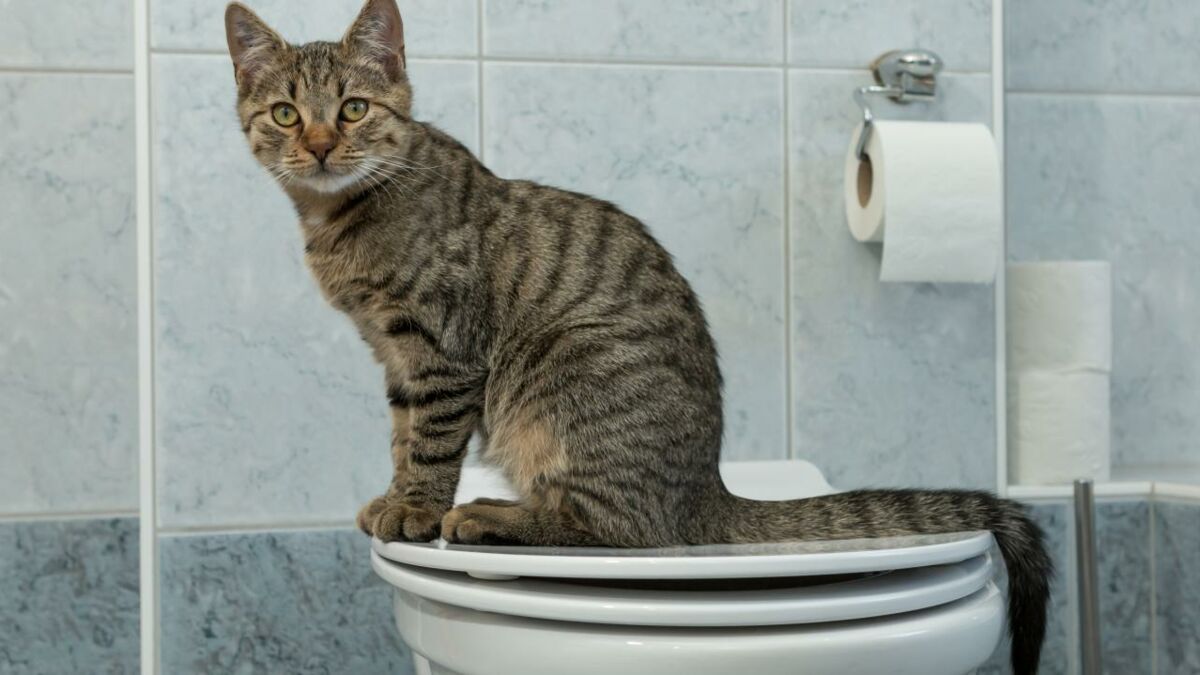In this article down the page you might get some reliable answers concerning How to Dispose of Cat Poop and Litter Without Plastic Bags.

Introduction
As feline proprietors, it's important to bear in mind exactly how we throw away our feline close friends' waste. While it might appear practical to flush cat poop down the toilet, this practice can have detrimental effects for both the setting and human health and wellness.
Environmental Impact
Flushing pet cat poop presents damaging pathogens and bloodsuckers into the supply of water, posing a substantial danger to marine environments. These contaminants can adversely affect aquatic life and compromise water top quality.
Health and wellness Risks
Along with environmental problems, flushing pet cat waste can also present health dangers to human beings. Cat feces may have Toxoplasma gondii, a parasite that can trigger toxoplasmosis-- a possibly severe disease, specifically for expecting women and people with damaged body immune systems.
Alternatives to Flushing
Fortunately, there are much safer and extra liable ways to take care of pet cat poop. Take into consideration the adhering to choices:
1. Scoop and Dispose in Trash
One of the most usual approach of taking care of feline poop is to scoop it into a naturally degradable bag and throw it in the trash. Be sure to use a committed trash scoop and throw away the waste quickly.
2. Usage Biodegradable Litter
Choose naturally degradable cat clutter made from products such as corn or wheat. These clutters are eco-friendly and can be securely thrown away in the garbage.
3. Bury in the Yard
If you have a backyard, think about burying pet cat waste in a marked location far from vegetable yards and water sources. Make sure to dig deep enough to stop contamination of groundwater.
4. Install a Pet Waste Disposal System
Buy an animal garbage disposal system particularly made for cat waste. These systems utilize enzymes to break down the waste, reducing odor and ecological impact.
Final thought
Accountable pet dog ownership prolongs past giving food and shelter-- it likewise includes correct waste monitoring. By refraining from flushing feline poop down the bathroom and selecting different disposal approaches, we can minimize our environmental footprint and protect human health.
Why Can’t I Flush Cat Poop?
It Spreads a Parasite
Cats are frequently infected with a parasite called toxoplasma gondii. The parasite causes an infection called toxoplasmosis. It is usually harmless to cats. The parasite only uses cat poop as a host for its eggs. Otherwise, the cat’s immune system usually keeps the infection at low enough levels to maintain its own health. But it does not stop the develop of eggs. These eggs are tiny and surprisingly tough. They may survive for a year before they begin to grow. But that’s the problem.
Our wastewater system is not designed to deal with toxoplasmosis eggs. Instead, most eggs will flush from your toilet into sewers and wastewater management plants. After the sewage is treated for many other harmful things in it, it is typically released into local rivers, lakes, or oceans. Here, the toxoplasmosis eggs can find new hosts, including starfish, crabs, otters, and many other wildlife. For many, this is a significant risk to their health. Toxoplasmosis can also end up infecting water sources that are important for agriculture, which means our deer, pigs, and sheep can get infected too.
Is There Risk to Humans?
There can be a risk to human life from flushing cat poop down the toilet. If you do so, the parasites from your cat’s poop can end up in shellfish, game animals, or livestock. If this meat is then served raw or undercooked, the people who eat it can get sick.
In fact, according to the CDC, 40 million people in the United States are infected with toxoplasma gondii. They get it from exposure to infected seafood, or from some kind of cat poop contamination, like drinking from a stream that is contaminated or touching anything that has come into contact with cat poop. That includes just cleaning a cat litter box.
Most people who get infected with these parasites will not develop any symptoms. However, for pregnant women or for those with compromised immune systems, the parasite can cause severe health problems.
How to Handle Cat Poop
The best way to handle cat poop is actually to clean the box more often. The eggs that the parasite sheds will not become active until one to five days after the cat poops. That means that if you clean daily, you’re much less likely to come into direct contact with infectious eggs.
That said, always dispose of cat poop in the garbage and not down the toilet. Wash your hands before and after you clean the litter box, and bring the bag of poop right outside to your garbage bins.
https://trenchlesssolutionsusa.com/why-cant-i-flush-cat-poop/

As a serious reader on Don’t flush cat feces down the toilet, I assumed sharing that excerpt was a great idea. Sharing is good. You just don't know, you will be doing someone a favor. Kudos for your time. Visit again soon.
Call Today
Comments on “Avoid Flush Cat Poop Down Your Toilet - Protect Your Pipes Infrastructure”